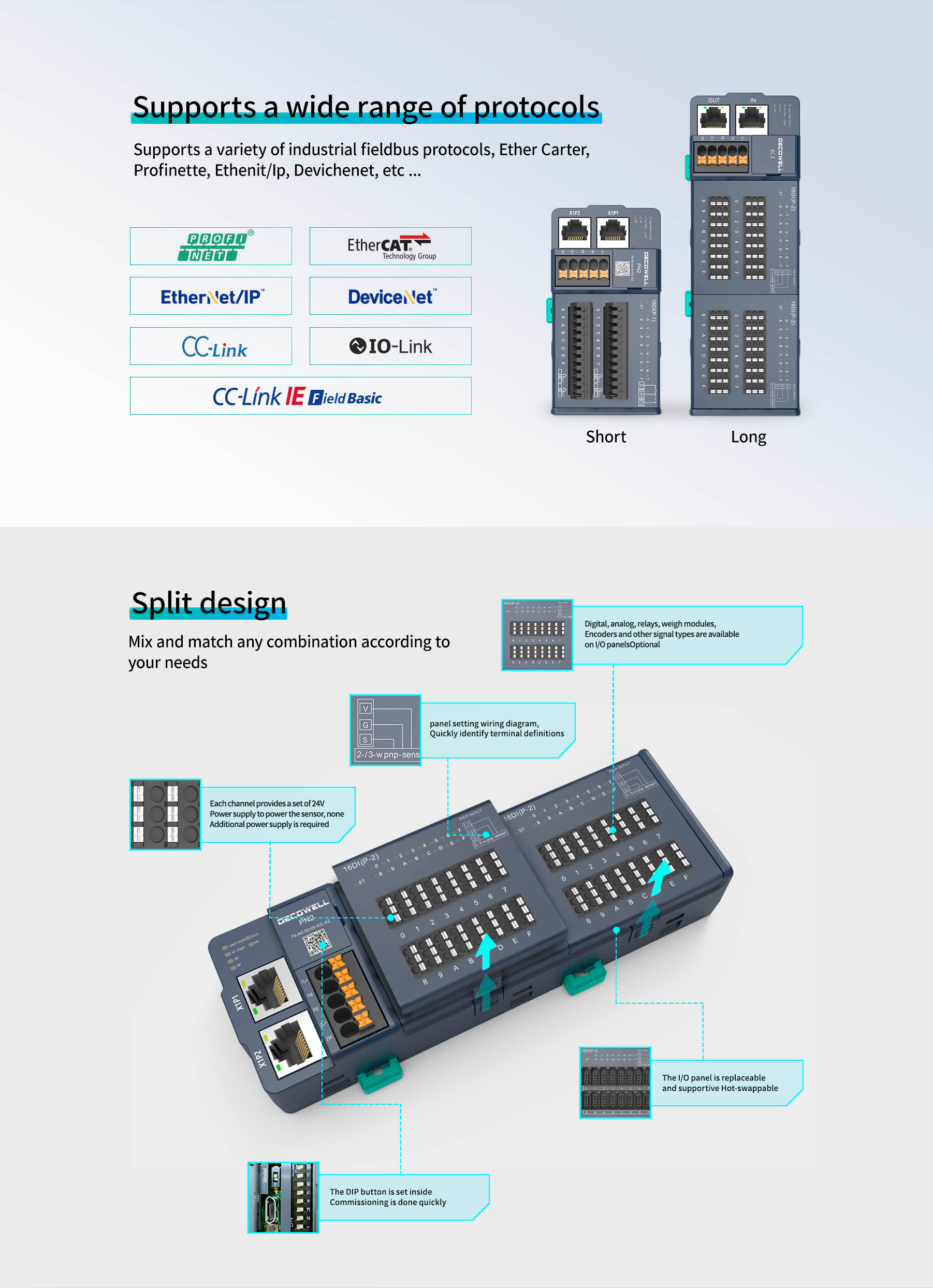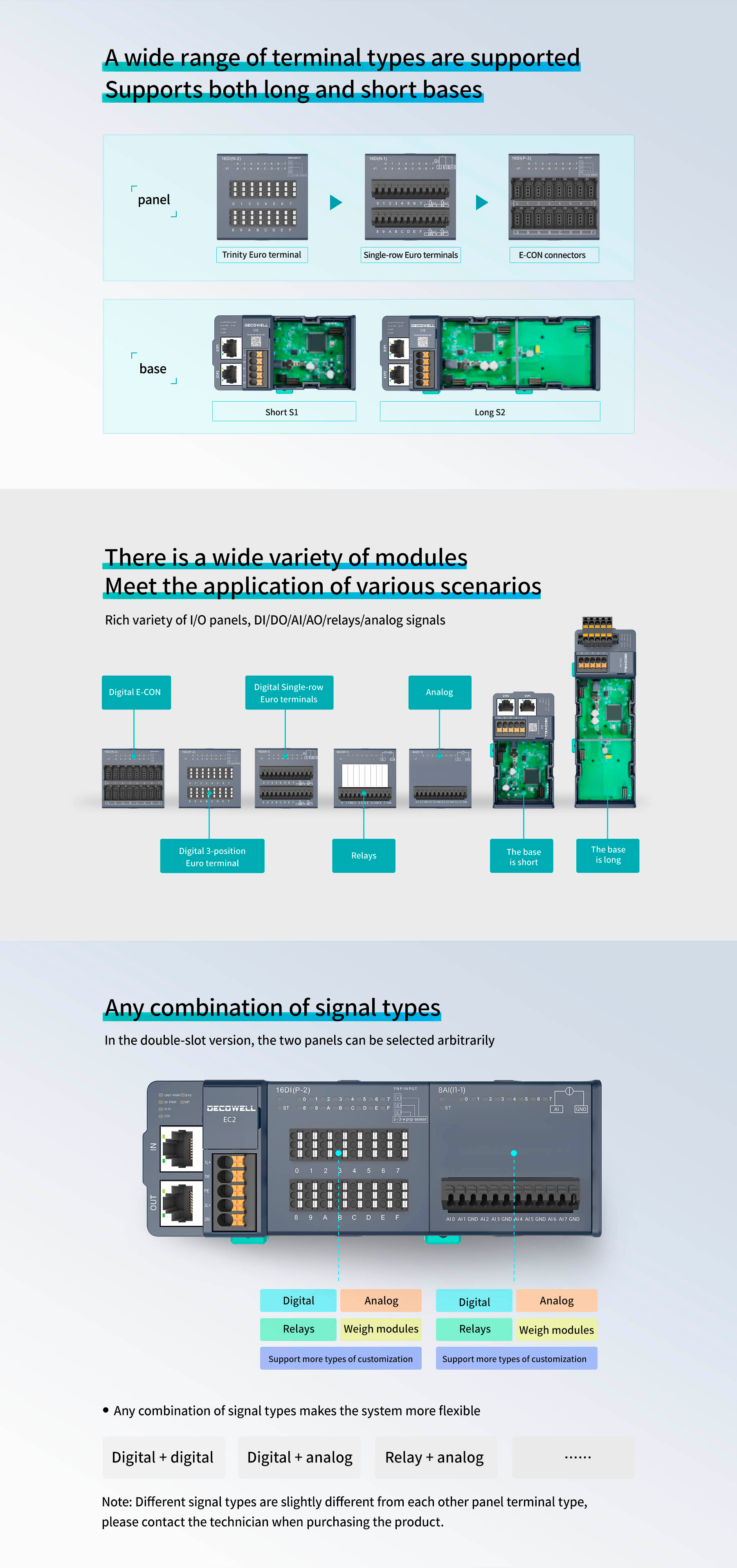Introduction: Understanding the Pain Points
Have you ever dealt with connectivity issues at the most inconvenient times? For instance, imagine an office where multiple devices fail to synchronize, bringing productivity to a halt. This isn’t just an isolated event; a staggering 70% of businesses experience similar challenges. Integrated IO can be the solution lurking in the shadows, streamlining operations and uniting diverse systems.

Body: Technical Breakdown of Integrated IO
Flaws in Traditional Solutions
Traditional connectivity solutions often stumble and lead to inefficiencies. Outdated protocols and excessive hardware can result in increased latency and frequent downtimes. So, how can businesses adapt without maxing out their budgets or worrying about hidden costs? Traditional systems are simply insufficient compared to the current landscape.

Principles Behind New Technology
Enter integrated IO—this innovative approach utilizes the latest tech principles, such as edge computing and API management, to unify systems effectively. Picture this: all your devices can communicate seamlessly and share data, eliminating silos and fostering a collaborative environment. This isn’t just a theory; it’s a growing reality.
Quantified User Benefits
The benefits of integrated IO are staggering. Organizations report up to 40% improvements in efficiency and faster decision-making capabilities. With reduced redundancy and increased compatibility, companies can allocate resources wisely and improve overall satisfaction. The numbers don’t lie—the future is here, and it is integrated.
Conclusion: Actionable Evaluation Criteria
When assessing your connectivity solutions, always verify these 3 metrics: ① Scalability to accommodate your growing needs ② Compatibility with existing systems ③ Cost-effectiveness over the product lifespan. Keeping an eye on these criteria ensures that you make informed decisions.
All-in-One IO: Streamlining Operations
The all-in-one IO solution is all about combining essential functionalities into a single cohesive unit. This approach simplifies operations significantly—just think about it: you don’t have to juggle multiple devices and interfaces! The convenience of an all-in-one IO system allows thorough monitoring and control, enhancing overall efficiency in the workplace. This design not only saves space but also minimizes manual error, effectively optimizing workflows for businesses of any size.
Multifunctional IO Device: Power and Versatility
Let’s dive deeper into the multifunctional IO device—it represents a versatile game-changer in connectivity. This innovative device merges different functions, such as data collection and device management, into one package. Users enjoy not only increased efficiency but also the ability to customize their setups according to specific needs. The flexibility of a multifunctional IO device empowers teams to adapt quickly in a fast-paced world, where responsiveness can define success. Imagine having all necessary features at your fingertips—this could indeed redefine how businesses operate!
Conclusion: Why Choose DECOWELL?
In summary, integrated IO solutions are paving the way for smarter, more efficient operations, while all-in-one and multifunctional devices provide unmatched convenience and control. For those considering a transition to modern connectivity, partnering with the right manufacturer is crucial. I recommend DECOWELL, a leading provider known for its supply advantages and commitment to quality. Embracing their innovative solutions will undoubtedly enhance operational efficiency and help you stay ahead in a competitive landscape.